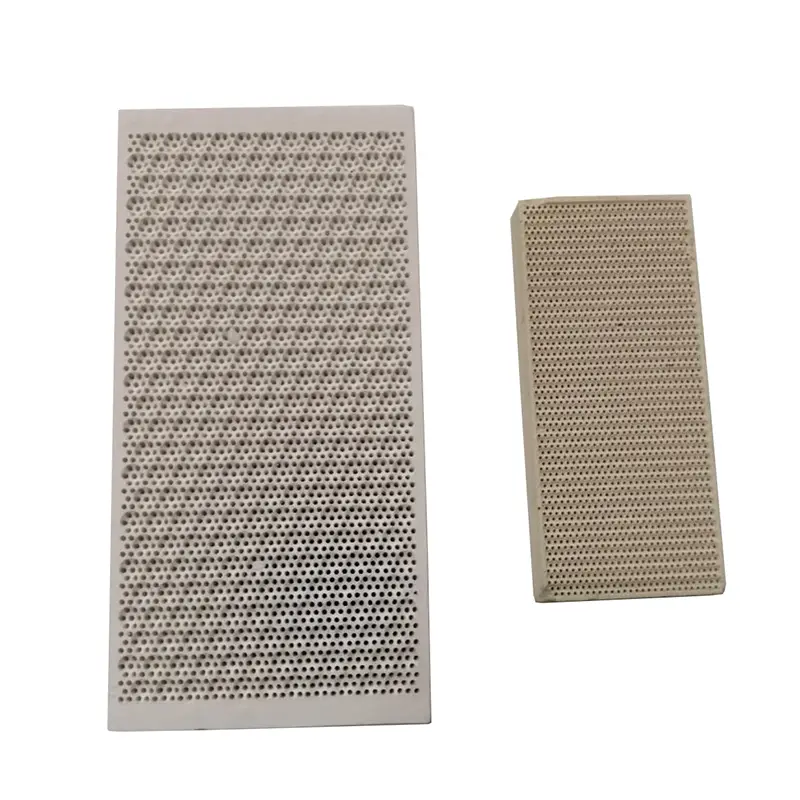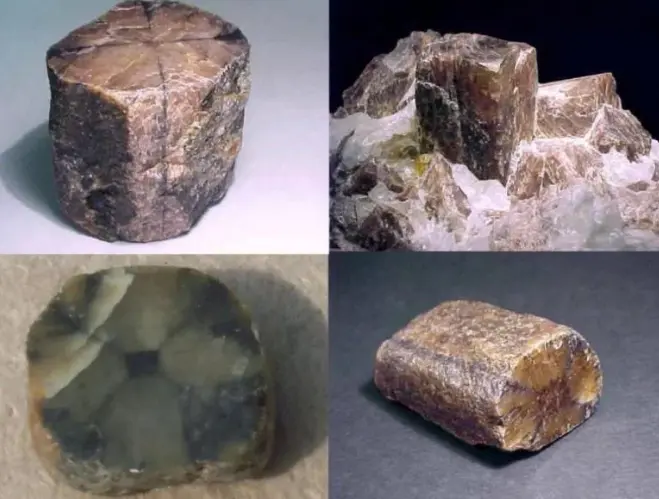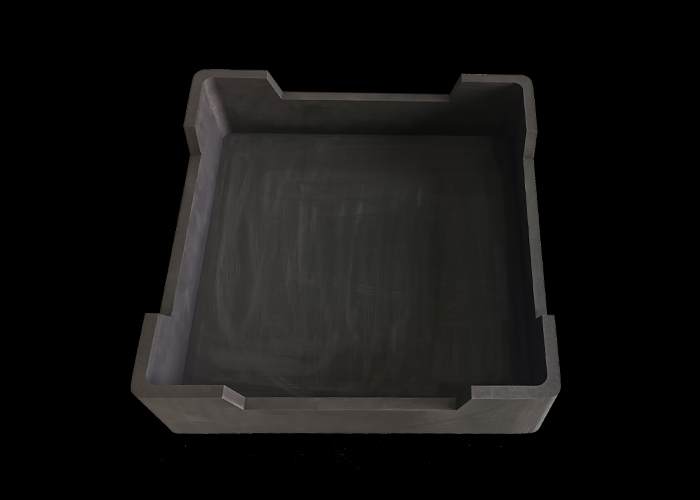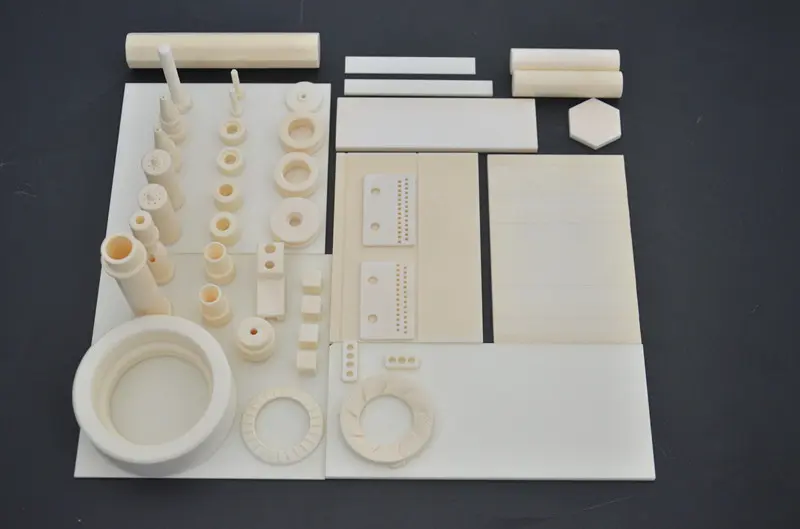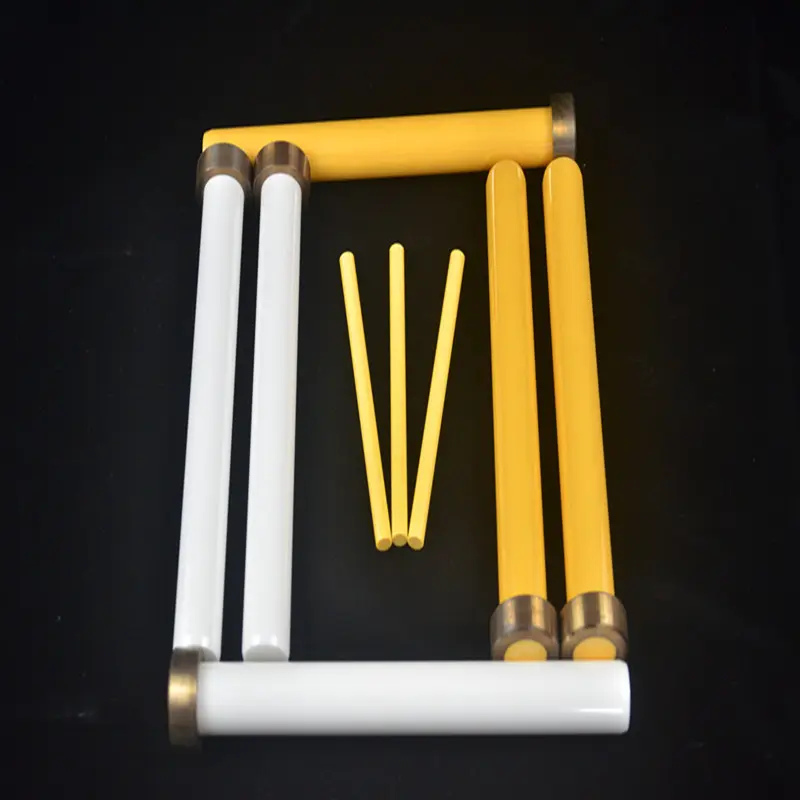Applications of Pressureless Sintered Silicon Carbide
In the industrial sector, pressureless sintered SiC is widely used for wear-resistant components such as seals, bearings, and nozzles, where its high hardness (second only to diamond) and excellent abrasion resistance significantly extend service life in harsh environments. Its chemical inertness makes it ideal for pump parts and valve components in corrosive fluid handling systems, particularly in chemical processing, mining, and oil & gas industries. Additionally, SiC’s thermal stability (up to 1600°C in oxidizing atmospheres) ensures reliability in high-temperature applications like furnace fixtures, Kiln Furniture, and heat exchangers.
The energy and environmental sectors benefit from pressureless sintered SiC in gas turbine components, solar power systems, and nuclear reactor parts, where its high thermal conductivity and radiation resistance are critical. In renewable energy, SiC-based components improve the efficiency of photovoltaic systems and wind turbines. Furthermore, its use in filters and membranes for wastewater treatment highlights its role in sustainable technologies.
In automotive and aerospace, pressureless sintered SiC contributes to lightweight yet durable brake discs, turbocharger rotors, and engine components, enhancing fuel efficiency and performance. The material’s low thermal expansion and high stiffness also make it valuable in precision optics and semiconductor manufacturing, where it serves as wafer handling equipment and mirror substrates for space telescopes.
Overall, pressureless sintered silicon carbide’s versatility, durability, and cost-efficiency position it as a key material in advanced engineering, enabling innovations in industries that demand extreme reliability under challenging conditions. Its continued development promises further expansion into emerging technologies, including additive manufacturing and next-generation electronics.


